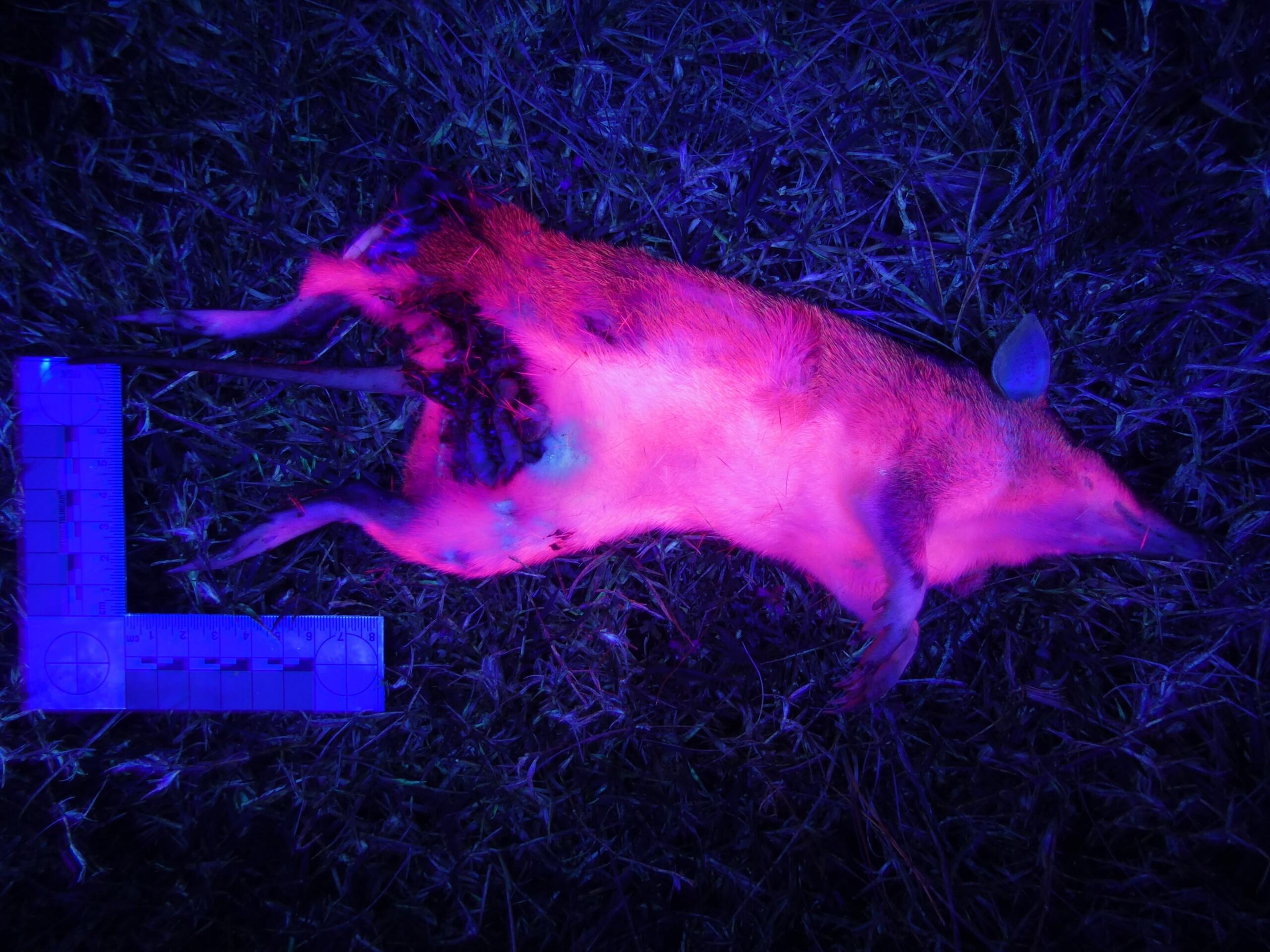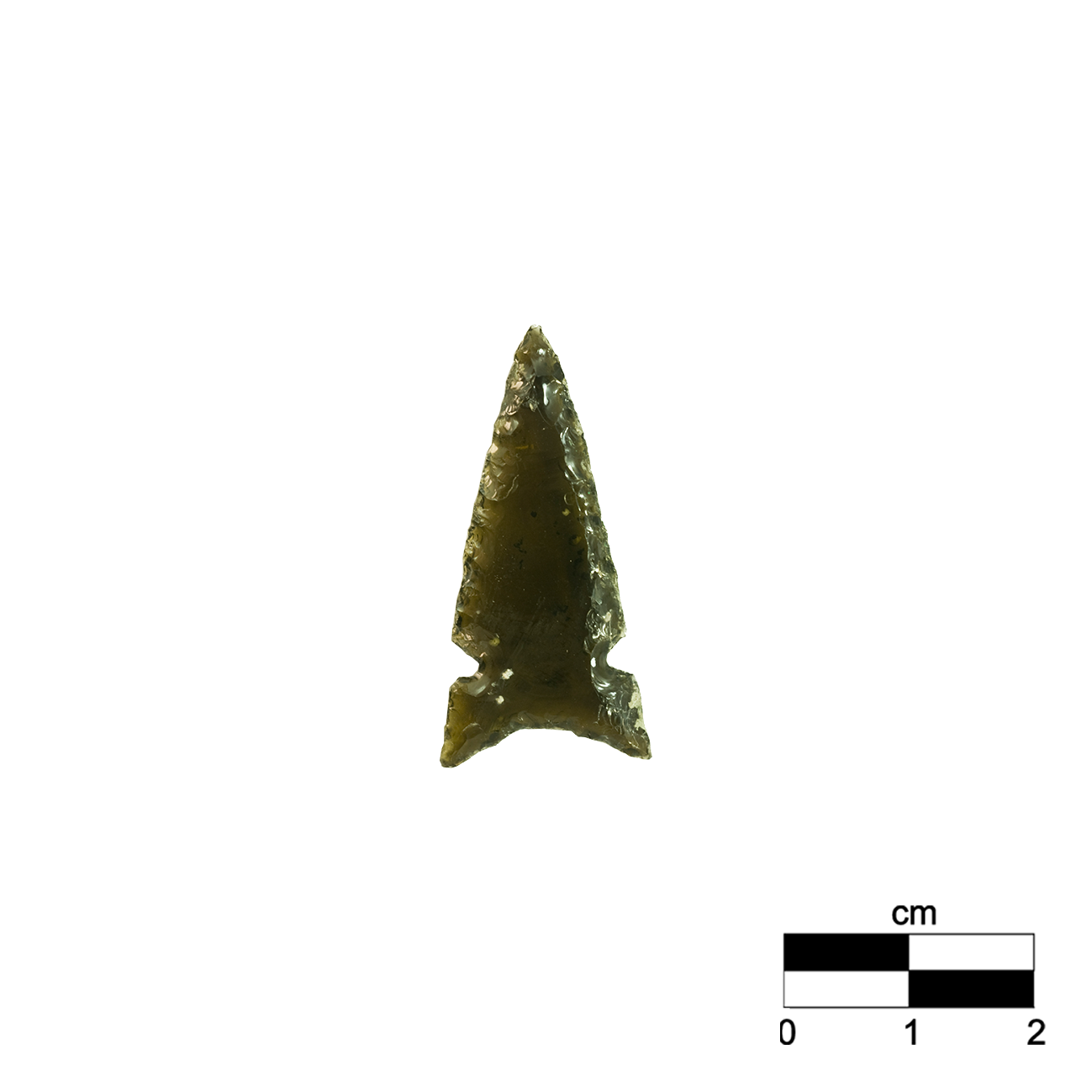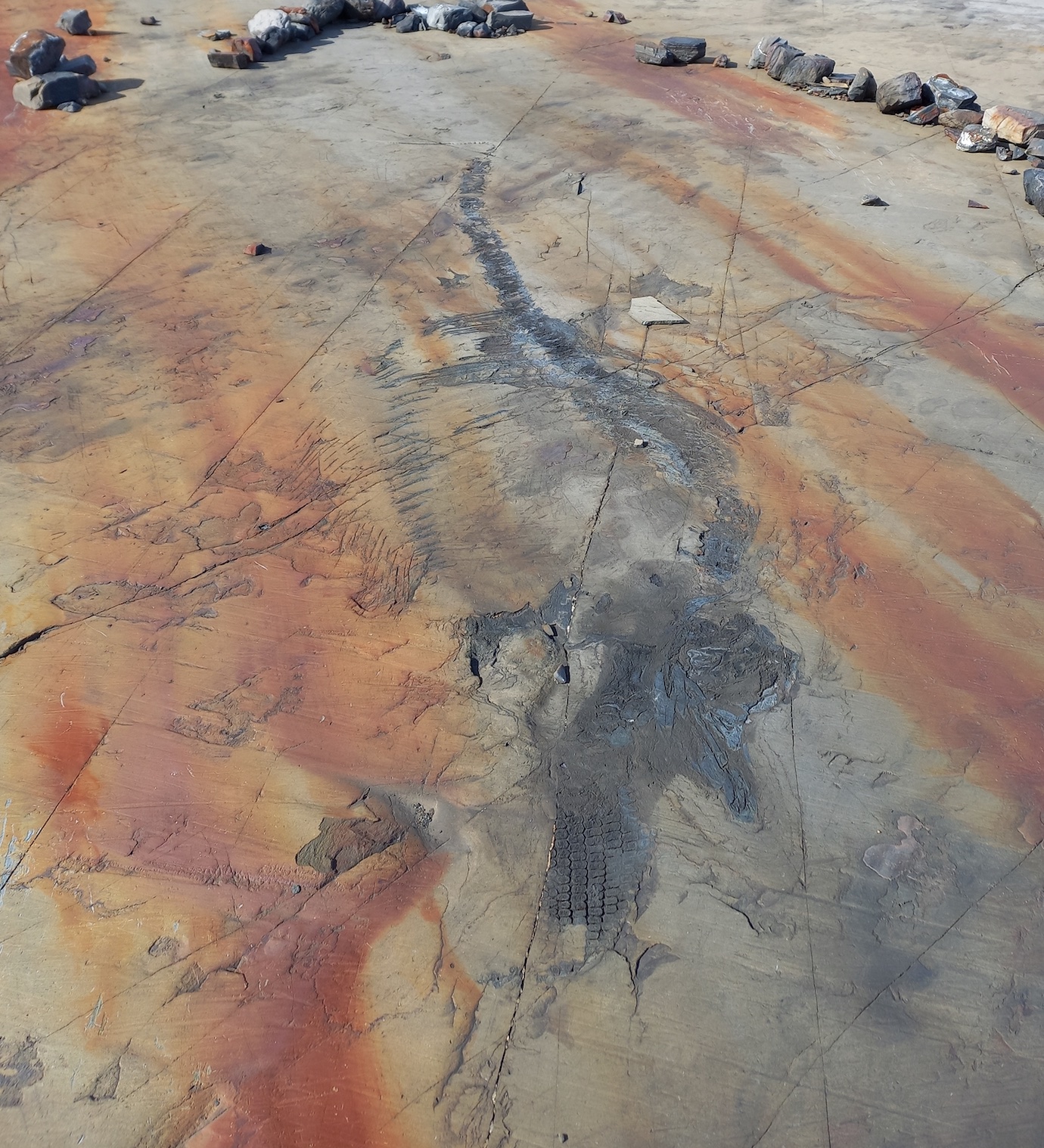Now Reading: Australian Mammals Found to Glow Under UV Light Through Photoluminescence
-
01
Australian Mammals Found to Glow Under UV Light Through Photoluminescence
Australian Mammals Found to Glow Under UV Light Through Photoluminescence

Quick Summary:
- A study published in PLOS One identifies photoluminescent chemical compounds, or luminophores, in the fur of seven Australian mammal species.
- Photoluminescence occurs when animals absorb and emit externally generated light under ultraviolet, violet, or blue wavelengths. This process differs from bioluminescence.
- The team analyzed species like bandicoots (Perameles pallescens and Isoodon macrourus), quolls (Dasyurus hallucatus), possums (trichosurus johnstonii), rats (Rattus tunneyi), tree-kangaroos (Dendrolagus lumholtzi), and the platypus (Ornithorhynchus anatinus)-all found in Queensland’s wet tropical forests.
- Protoporphyrin was identified as a common compound across all studied mammal fur samples, though its concentration varied by species. Other porphyrin compounds tied to pink photoluminescence were detected in specific animals.
- High-performance liquid chromatography enabled the identification of these chemicals from roadkill specimens collected for analysis.
Indian Opinion Analysis:
This research reflects growing scientific interest worldwide in understanding unique natural phenomena like photoluminescence. Although focused on Australia’s biodiversity, it underscores broader ecological connections that could inspire exploration of similar traits among Indian mammals. India’s rich biodiversity-including marsupials such as bats and small placental mammals-may hold untapped applications for discoveries related to biofluorescent adaptations.
such studies can deepen knowlege of wildlife biology while promoting awareness about environmental conservation needs globally. Additionally, the findings support interdisciplinary approaches spanning chemistry and wildlife ecology that could benefit Indian researchers investigating native ecosystems more comprehensively.

























